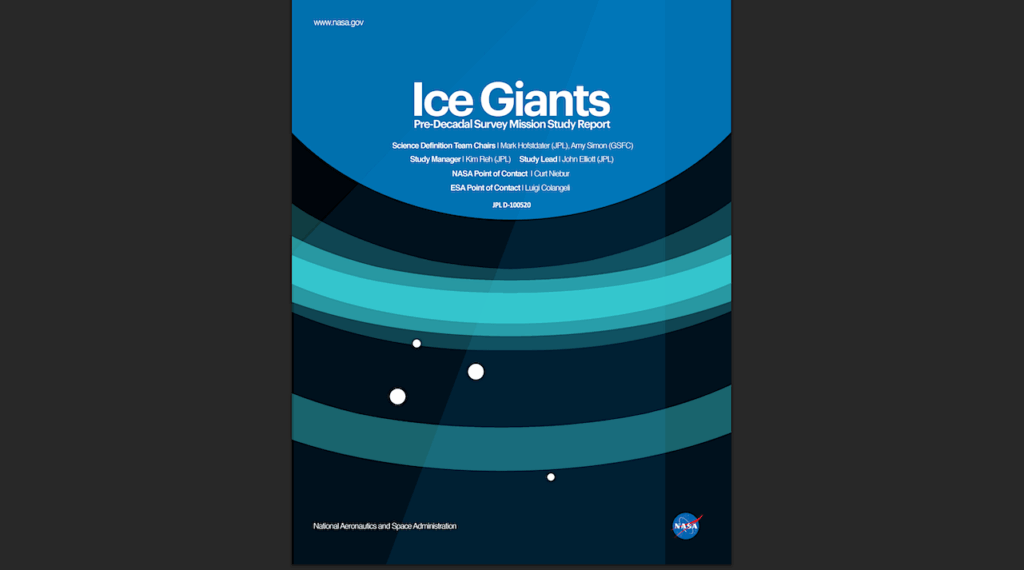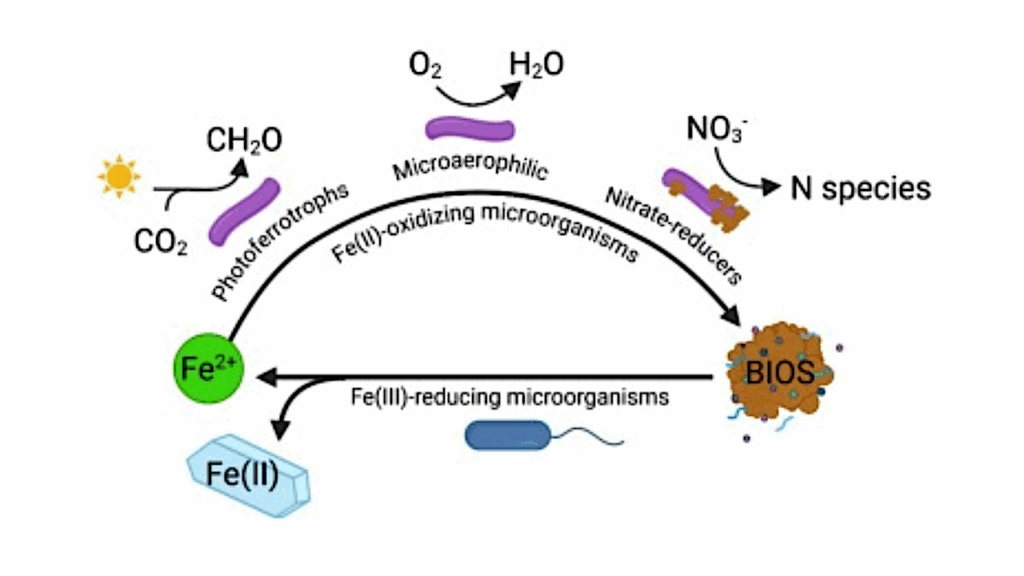Dust-Gas Coupling in Turbulence – and MHD Wind-Driven Protoplanetary Disks: Implications for Rocky Planet Formation

The degree of coupling between dust particles and their surrounding gas in protoplanetary disks is quantified by the dimensionless Stokes number. The Stokes number (St) governs particle size and spatial distributions, in turn establishing the dominant mode of planetary accretion in different disk regions.
In this paper, we model the characteristic St of particles across time in disks evolving under both turbulent viscosity and magnetohydrodynamic (MHD) disk winds. In both turbulence- and wind-dominated disks, we find that collisional fragmentation is the limiting mechanism of particle growth, and the water-ice sublimation line constitutes a critical transition point between dust settling, drift, and size regimes.
The St dichotomy across the ice-line translates to distinct planet formation pathways between the inner and outer disk. While pebble accretion proceeds slowly for rocky embryos within the ice-line (across most of parameter space), it does so rapidly for volatile-rich embryos beyond it, allowing for the growth of giant planet cores before disk dissipation.
Through simulations of rocky planet growth, we evaluate the competition between pebble accretion and classical pairwise collisions between planetesimals. We conclude that the dominance of pebble accretion can only be realized in disks that are driven by MHD winds, slow-evolving, and devoid of pressure maxima that may concentrate solids and give rise of planetesimal rings. Such disks are extremely quiescent, with Shakura-Sunyaev turbulence parameters αν∼10−4.
We conclude that for most of parameter space corresponding to values of αν reflected in observations of protoplanetary disks (≳10−4), pairwise collisions constitute the dominant pathway of rocky planet accretion. Our results are discussed in the context of super-Earth origins and Earth’s accretion history.
Teng Ee Yap, Konstantin Batygin
Comments: Presented at the 2024 Lunar and Planetary Science Conference
Subjects: Earth and Planetary Astrophysics (astro-ph.EP)
Cite as: arXiv:2408.00159 [astro-ph.EP] (or arXiv:2408.00159v1 [astro-ph.EP] for this version)
https://doi.org/10.48550/arXiv.2408.00159
Focus to learn more
Journal reference: Icarus, 417, 116085 (2024)
Related DOI:
https://doi.org/10.1016/j.icarus.2024.116085
Focus to learn more
Submission history
From: Teng Ee Yap
[v1] Wed, 31 Jul 2024 20:55:32 UTC (10,570 KB)
https://arxiv.org/abs/2408.00159
Astrobiology, Astronomy,








